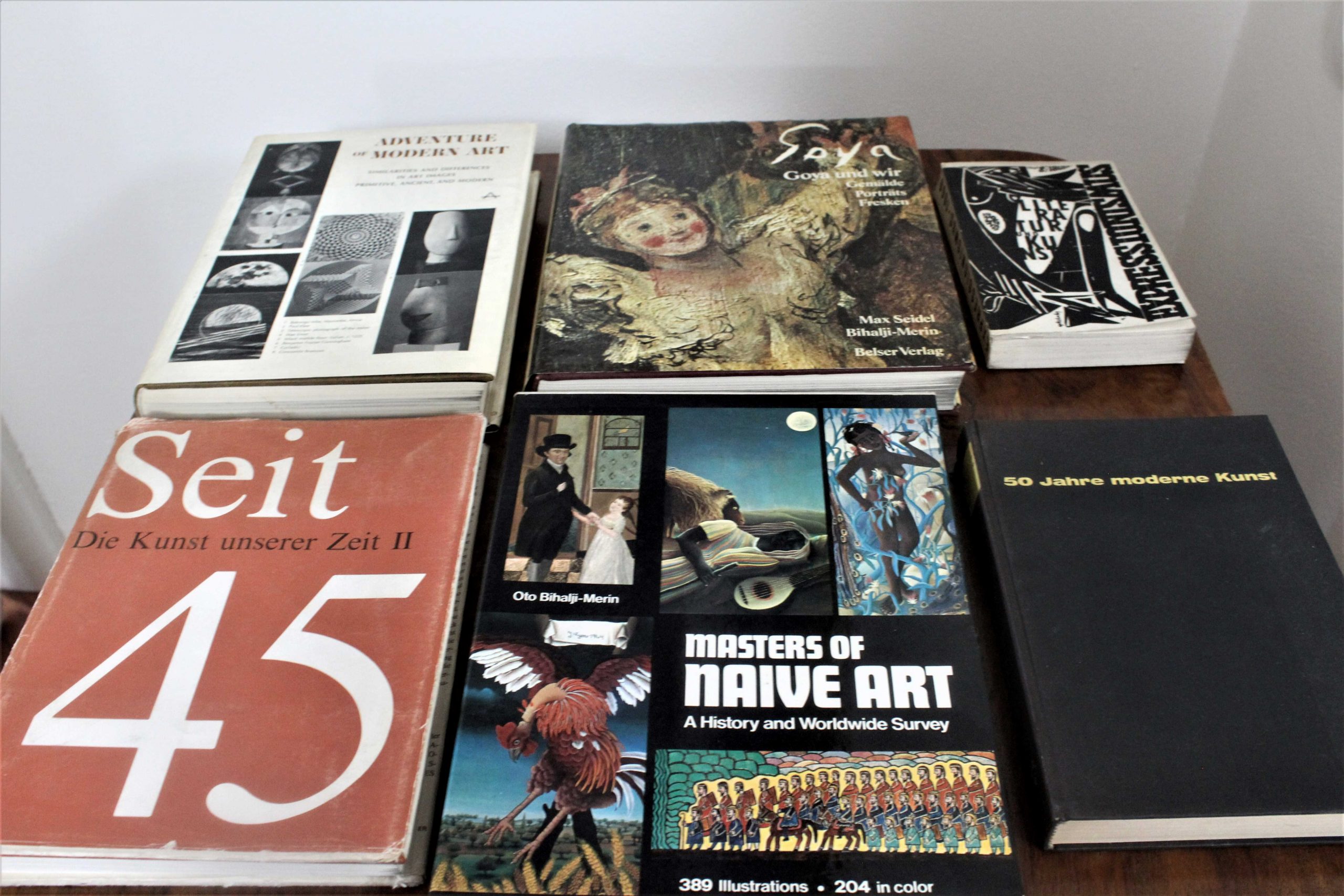Oto Bihalji-Merin is one of the most significant art historians in the former Yugoslavia. He is particularly credited for promoting the naive art of Yugoslav artists in the post-war period and for spreading the ideas of engaged art in the interwar period. We visited his legacy in Belgrade and spoke with the journalist Andrej Ivanji, who collaborated closely with him in his youth.
Oto Bihalji-Merin was born in Zemun on January 3, 1904, as the third child in the family of David Bihali and Klara Šenman, who were of Jewish descent. Later in life, due to various circumstances, he changed his surname to Bihalji-Merin.
Throughout his long life, Oto engaged in art criticism, literature, painting, and became one of the most important intellectuals in Yugoslavia. He wrote under the pseudonym Peter Tene, or Pjer Merin, during the interwar period when, as a communist-oriented activist, he published in European publishing houses.
Journalist Andrej Ivanji, with whom we collaborated on this article, had the opportunity to meet Bihalji in his youth.
Andrej Ivanji described Oto as follows: "Bihalji was one of the last intellectual dinosaurs and witnesses of the emergence of the communist idea of the twentieth century. His presence seemed confusing to young people, at least to me. He insisted that I address him informally. To me, a kid in my eighties, he stubbornly used the formal address until I finally managed to break through his language barrier. An old tradition from the communist party, he said; German social democrats still address each other informally today."
Despite various manipulations with the concept of communism, worn out due to idolatry, influenced by kitschy, melodramatic, intrusive partisan films and education, the Youth Relay, and other nonsense, besides Bihalji, I managed to understand that the idea of communism is essentially a simple idea of fighting for a fairer society, unrelated to borders and state order. Because of Bihalji's critical views, he was not popularized in Tito's Yugoslavia, and because he was a communist, he certainly won't be celebrated in today's Serbia. I think he wouldn't mind
Oto Bihalji- Merin collaborated and corresponded with numerous famous personalities of the 20th century, from Brecht, Thomas and Heinrich Mann, through Malraux, Sartre, and Gorky, to Hemingway and Faulkner. His social and intellectual engagement during the interwar period was dedicated to the struggle against the rising fascism in Italy and Hitler's National Socialism in Germany.
In Belgrade, he studied painting and art history, and continued his studies in Berlin, where he began publishing literary and philosophical texts in German. Thomas Mann considered Bihalji one of the best stylists in the German language. Together with the philosopher György Lukács, he worked for the renowned German magazine of left intellectuals, "Die Linkskurve" (The Left Curve).
In 1928, he returned to Belgrade, where he worked as a pilot in the Royal Yugoslav Air Force. During this period, he, together with his brother Pavle Bihalji, founded the magazine "Nova literatura" and the publishing house Nolit. They published works by Jack London, Maxim Gorky, Remarque, Heinrich Mann, Sinclair Lewis, John Steinbeck, and Isaac Babel. They released literature that defied the censorship of the time, focusing on leftist and socially critical themes.
He soon returned to Berlin, where he continued his socially engaged activities. During one of his travels in 1930, he met his future wife Liza Kestler, with whom he remained married until his death.
Until 1936, he worked as a journalist and publicist, living between France and Switzerland. From that year onwards, he became a member of the International Brigades in the Spanish Civil War, fighting on the side of the Republicans against General Franco's forces. In response to Hitler's persecution of modern art, Bihalji, under the pseudonym Peter Tene, with a preface by Herbert Read in 1938, wrote "Modern German Art." For his merits, in the 1960s in Austria, he received the Herder Award for connecting nations through art, along with numerous plaques and honors. It's worth noting that he was the first Yugoslav in Germany to receive a merit cross for defending German art from Nazism.
Before the start of World War II, with the help of Thomas Mann, he obtained permission to emigrate to America. However, he returned to the Kingdom of Yugoslavia, where he was soon captured as an officer. He survived the war by being in a prisoner-of-war camp after the capitulation of the Royal Yugoslav Army. During captivity, he created a series of portraits of fellow prisoners.
After the war, Bihalji returned to Belgrade and lived there until his death in 1993. His apartment on Nemanjina Street, opened to the public in 2022 as part of the Museum of Naive and Marginal Art in Jagodina, serves as a vault for valuable artworks, books, manuscripts, photographs, and correspondences.The apartment of the Bihalji family in Nemanjina Street is filled with valuable artworks, books, manuscripts, photographs, and correspondences. It is also of interest to enthusiasts of mid-century design, as the furniture serves as an original example of interior decoration from the mid-20th century.
Oto Bihalji Merin passed away in Belgrade on December 22, 1993. Towards the end of his life, Oto began writing his autobiography titled"My Beautiful Life in Hell". His apartment in Belgrade, Nemanjina Street 3 has become part of the Legacy of the Museum of Naive and Marginal Art from Jagodina
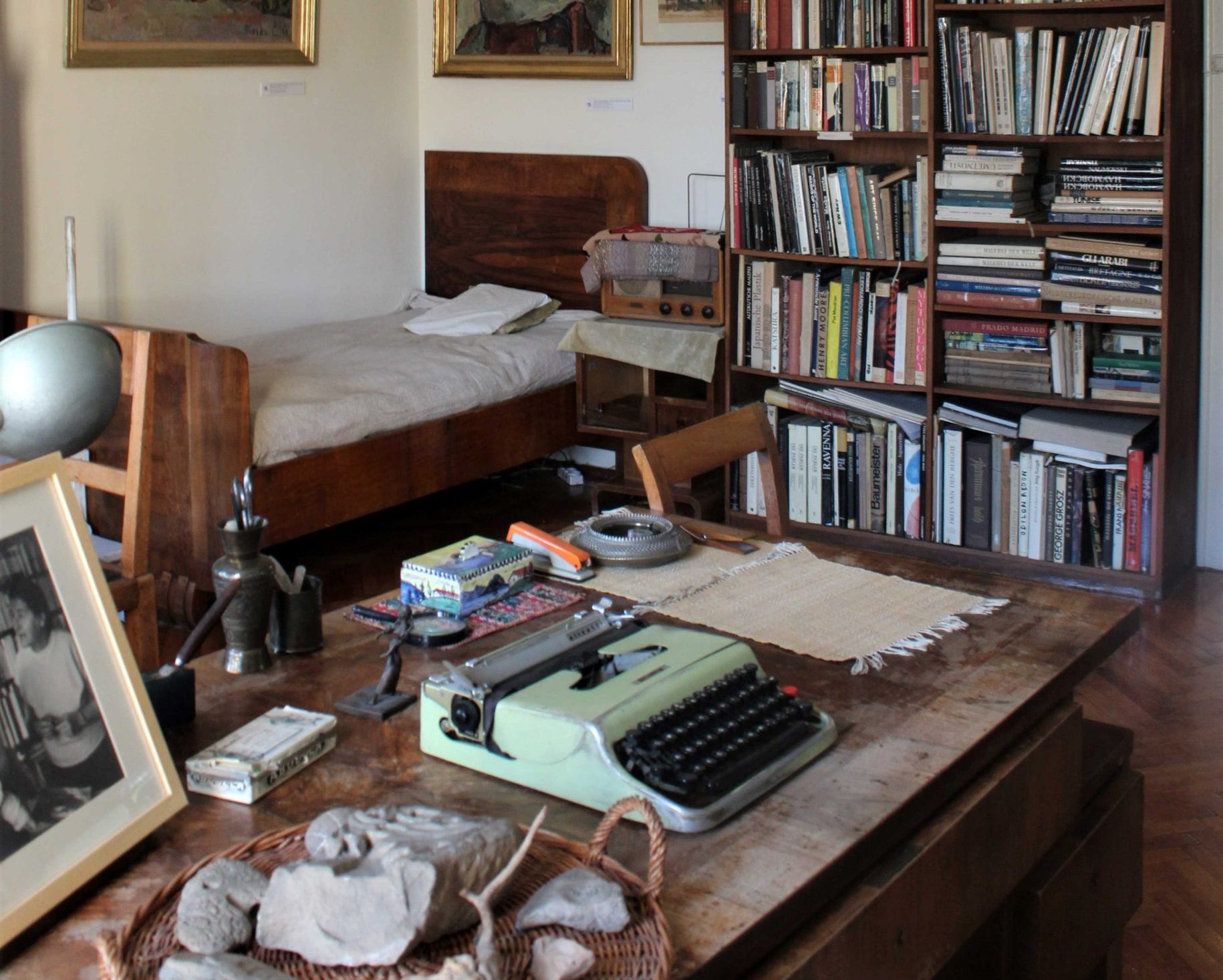

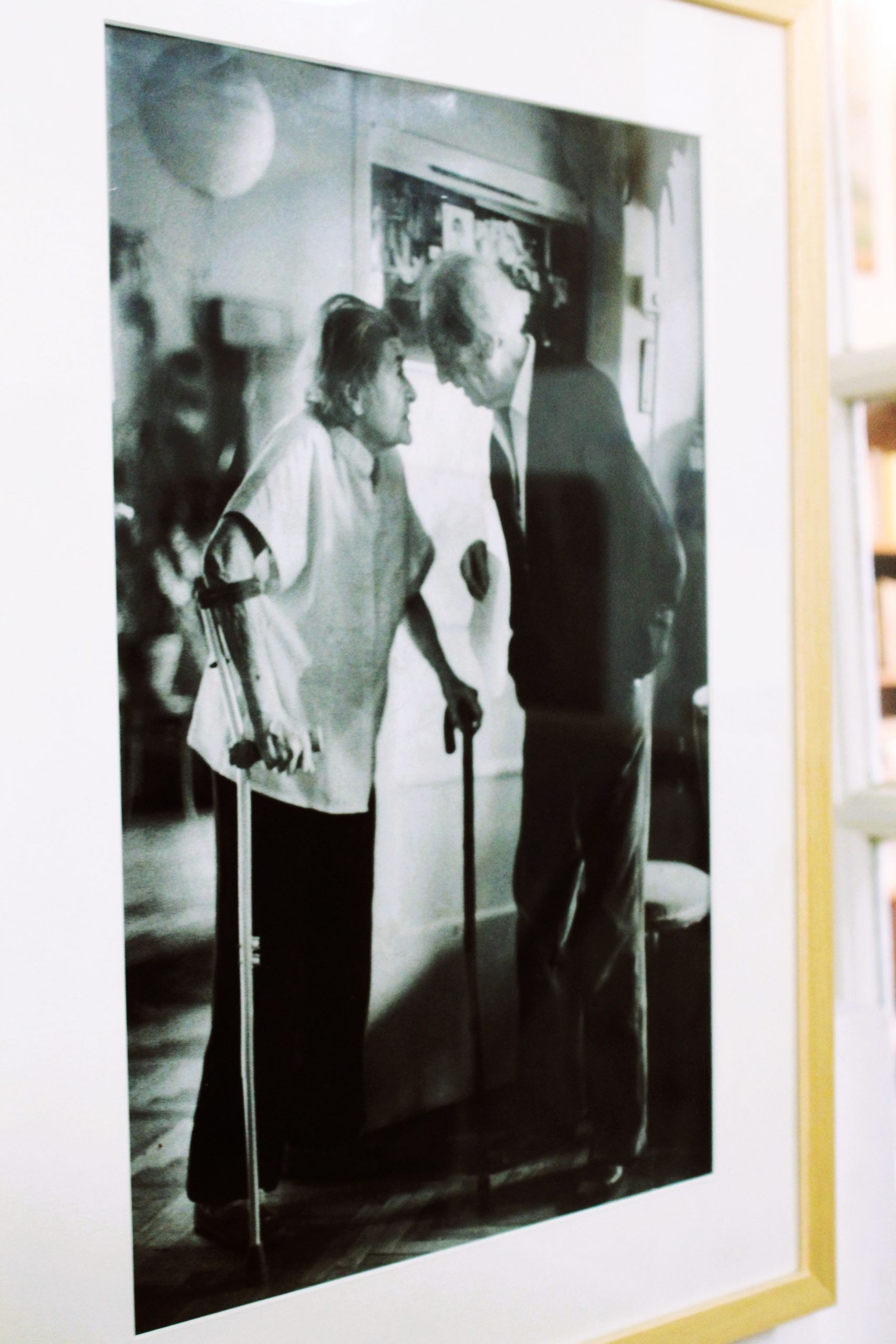
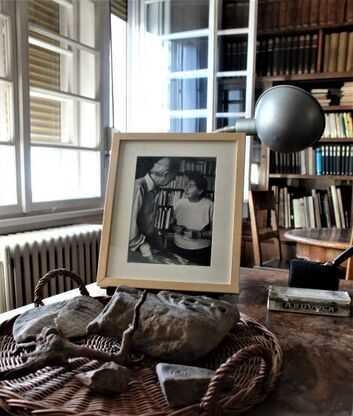
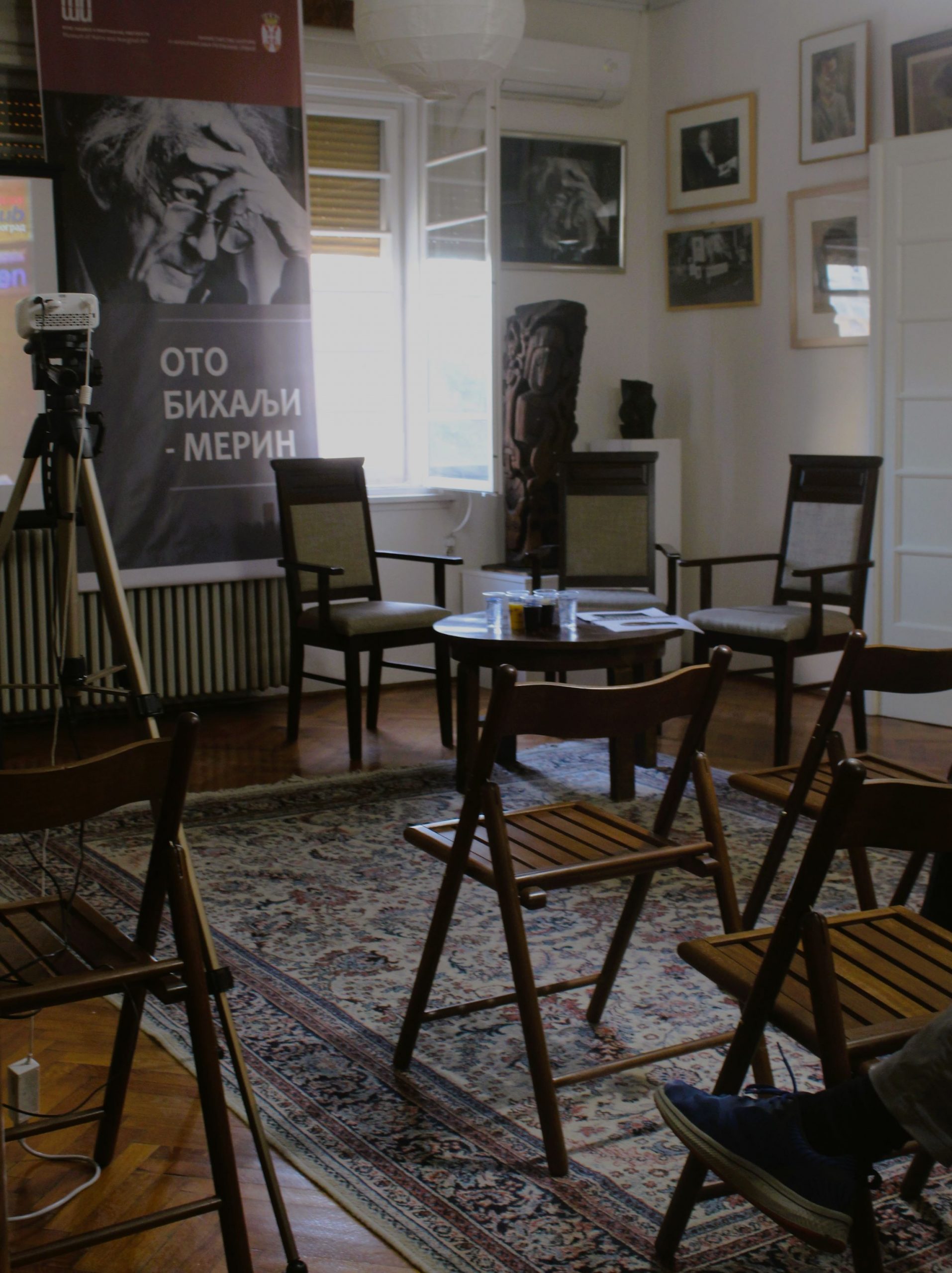

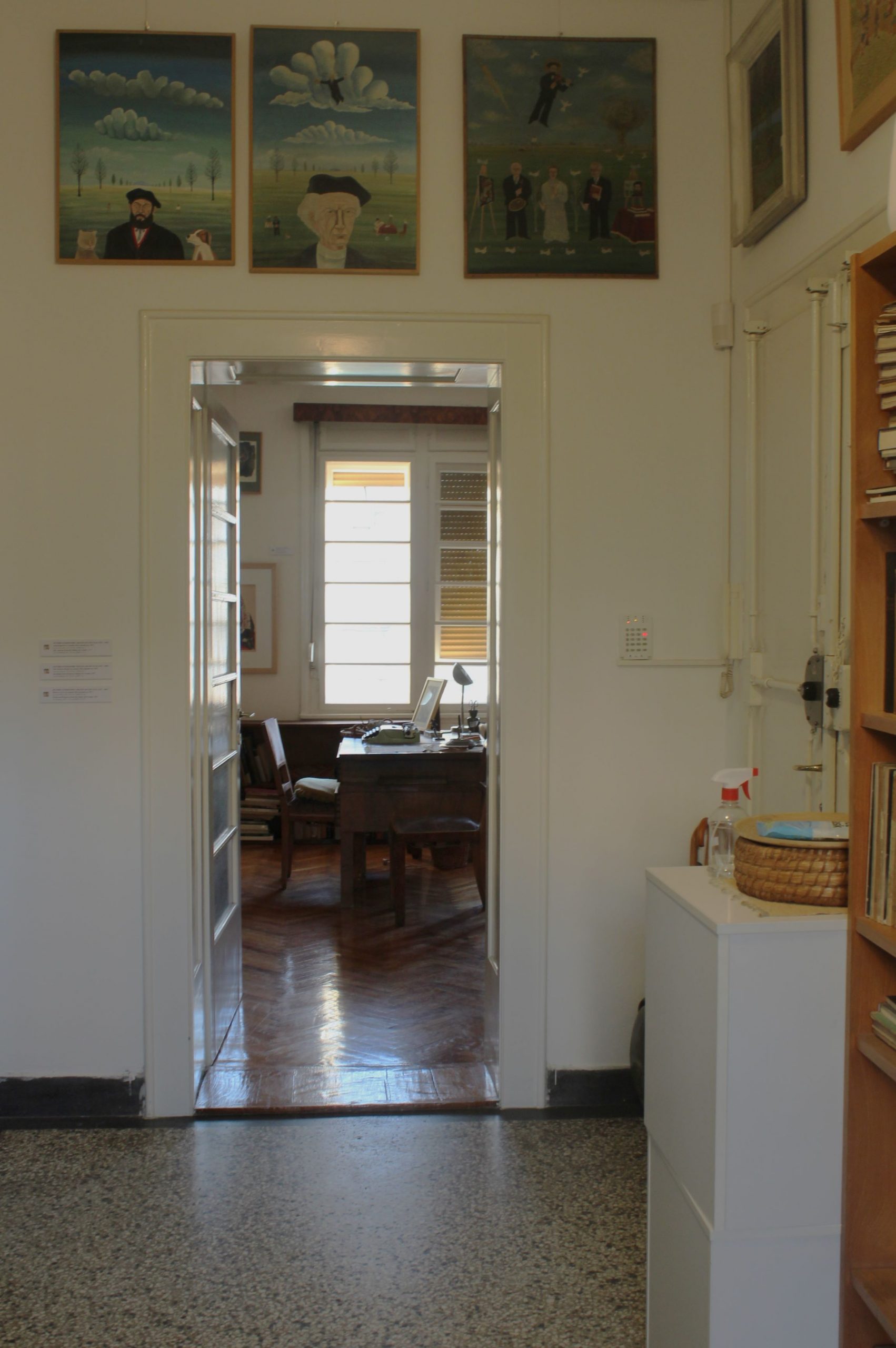
Written by: Angelina Mladenović
Special thanks to Andrej Ivanji.


